This review is taken from PN Review 187, Volume 35 Number 5, May - June 2009.
on the film Genova
Notwithstanding Roberto Saviano’s Gomorrah (2006) which exposes the brutal machinations of the Camorra, for which the author is now under police protection, or The Dark Heart of Italy (2007) in which Tobias Jones leads us away from a Cappuccino Reality, the British delight in wrapping themselves in Italian cliché. The Italian world constructed by E.M. Forster and Merchant/Ivory is so full of gorgeous examples that Tuscany has become for the affluent British a colony of the heart.
Which is why Michael Winterbottom’s Genova should be welcomed. The least we would expect from this film-maker is a visual intelligence and we certainly get that as if we plunge into the depths of the centro storico. Winterbottom’s preference for the hand-held camera creates a pleasingly unrehearsed effect as if he were making a rather sophisticated home video and such a strategy lends itself to the morphology of the city. Genoa’s old quarter, the largest of its kind in Europe, was described by Henry James as ‘the crookedest and most incoherent of cities’. In Pictures from Italy Dickens says of Genoa, ‘things that are picturesque, ugly, mean, magnificent, delightful, and offensive, break upon the view on every turn’. If you haven’t been to Genoa think of a port that’s a cross between Marseille and Istanbul, then throw in the mountains of Hong Kong. Genoa emerges charismatically (pace Colin Firth) as the film’s star billing and Winterbottom is scrupulously attentive to the geography of the city with all its mesmerising dilapidation and sudden ...
Which is why Michael Winterbottom’s Genova should be welcomed. The least we would expect from this film-maker is a visual intelligence and we certainly get that as if we plunge into the depths of the centro storico. Winterbottom’s preference for the hand-held camera creates a pleasingly unrehearsed effect as if he were making a rather sophisticated home video and such a strategy lends itself to the morphology of the city. Genoa’s old quarter, the largest of its kind in Europe, was described by Henry James as ‘the crookedest and most incoherent of cities’. In Pictures from Italy Dickens says of Genoa, ‘things that are picturesque, ugly, mean, magnificent, delightful, and offensive, break upon the view on every turn’. If you haven’t been to Genoa think of a port that’s a cross between Marseille and Istanbul, then throw in the mountains of Hong Kong. Genoa emerges charismatically (pace Colin Firth) as the film’s star billing and Winterbottom is scrupulously attentive to the geography of the city with all its mesmerising dilapidation and sudden ...
The page you have requested is restricted to subscribers only. Please enter your username and password and click on 'Continue':
If you have forgotten your username and password, please enter the email address you used when you joined. Your login details will then be emailed to the address specified.
If you are not a subscriber and would like to enjoy the 292 issues containing over 11,700 poems, articles, reports, interviews and reviews,
why not subscribe to the website today?
